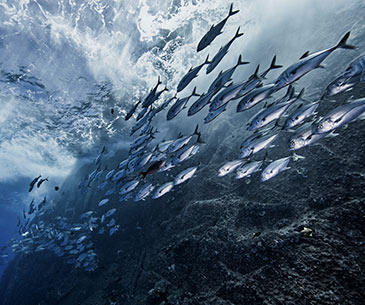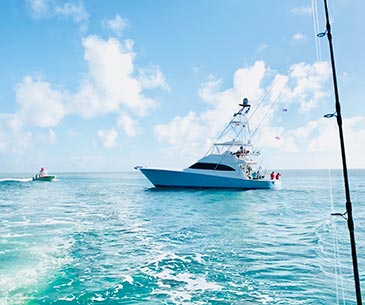
Travel Planner
Pack a bag and grab your gear because it’s time to cast a line in Florida.
VIEW TRAVEL PLANNER

Pack a bag and grab your gear because it’s time to cast a line in Florida.
VIEW TRAVEL PLANNER
Looking to book a fishing trip? Check out our local fishing charters and guides.
VIEW FORECASTS
Looking to book a fishing trip? Check out our local fishing charters and guides.
VIEW ALLYour data is safe with us. Check our privacy policy to learn more about how we collect and treat your data.